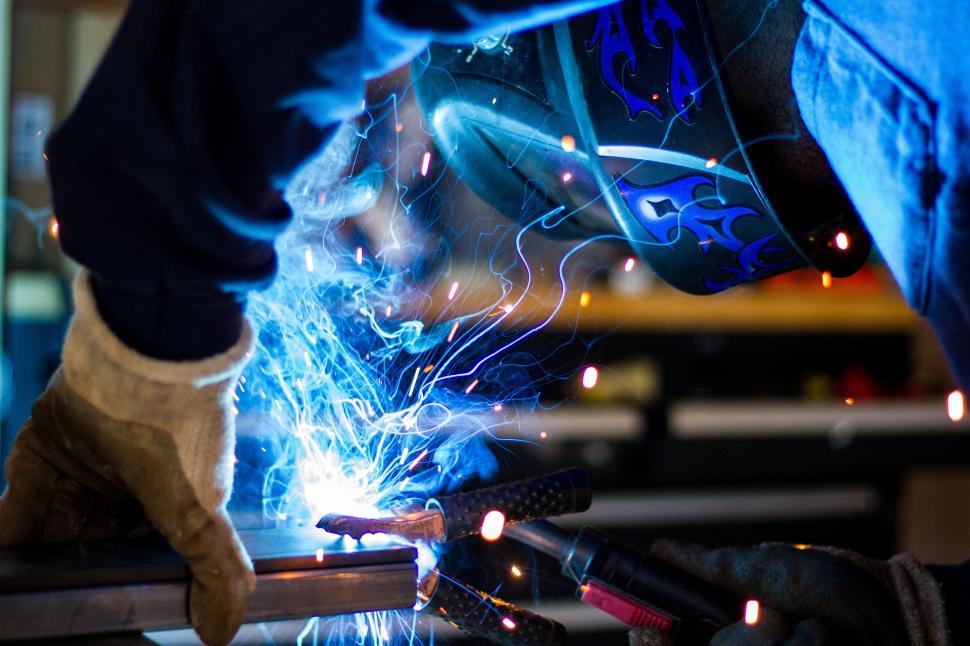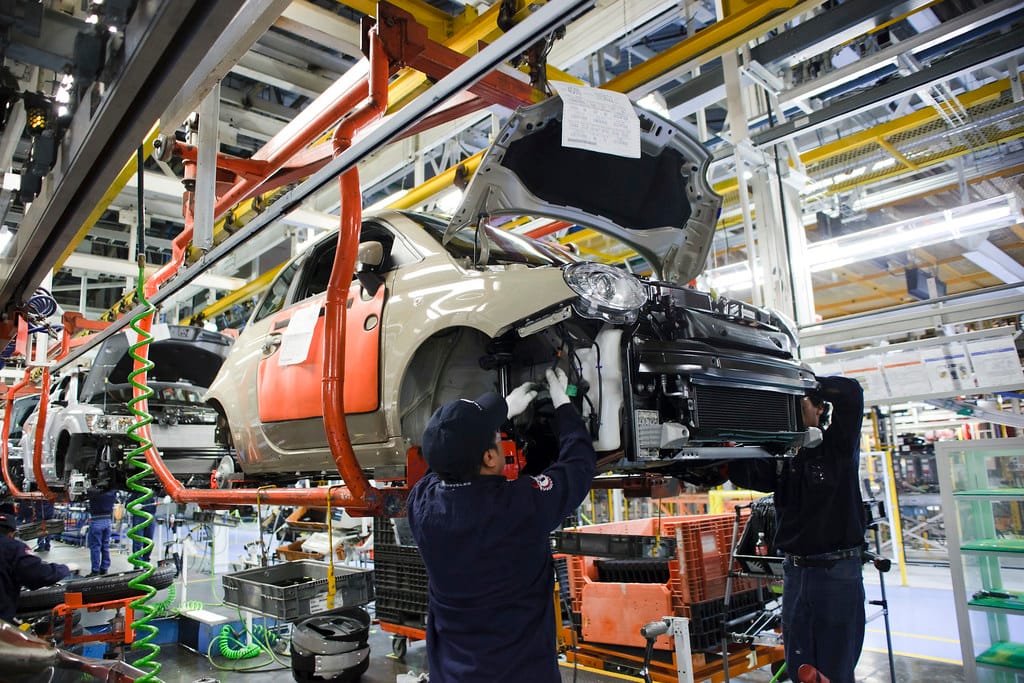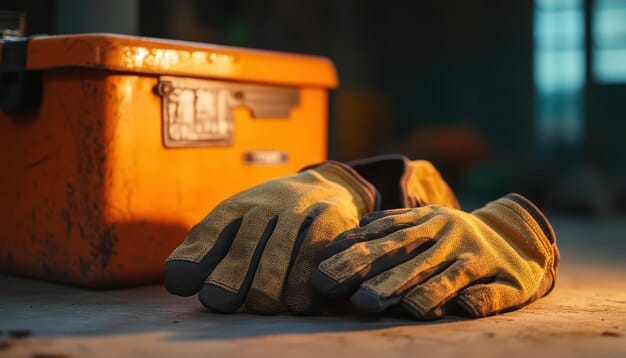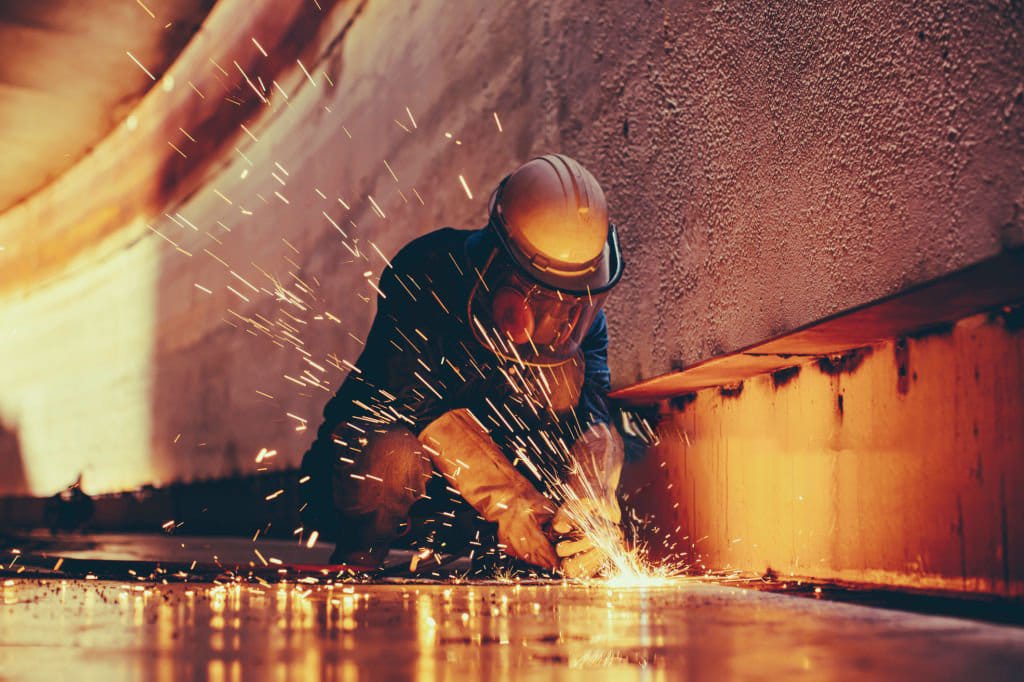
When buying PPE for metal industries, three numbers come up again and again:
EN ISO 11611,
EN ISO 11612,
NFPA 2112.
To many buyers, these look like just codes on a label.
But for workers, these numbers can mean the difference between walking away or being rushed to the burn unit.
Let’s break down what these certifications mean, why they matter, and how to choose the right one for your job site.
What Is EN ISO 11611?
This is the European standard for protective clothing used in welding and allied processes.
It tests garments against:
- Small splashes of molten metal
- Brief contact with flame
- Radiant heat
- Electric arc exposure (limited, not full arc-rated)
- Mechanical impact (tearing, tensile strength)
Two classes:
| Class | Description | Suitable For |
|---|---|---|
| Class 1 | Lower-risk welding, fewer sparks | TIG, light MIG, spot welding |
| Class 2 | Higher-risk welding, heavy spatter | Stick welding, flux core, arc gouging |
✅ Also includes A1/A2 test:
- A1 = Surface ignition (horizontal flame)
- A2 = Edge ignition (vertical flame)
What Is EN ISO 11612?
This is the broader standard for clothing that protects against heat and flame, used in a wide range of industries—not just welding.
It covers:
- Flame spread
- Convective heat
- Radiant heat
- Contact heat
- Molten metal splash (both aluminum & iron)
Performance codes:
| Code | Meaning | Use Case |
|---|---|---|
| A1/A2 | Flame spread (surface/edge) | General flame protection |
| B1-B3 | Convective heat (low-high) | Foundries, smelters, hot zones |
| C1-C4 | Radiant heat (low-high) | Furnace work, overhead radiant areas |
| D1-D3 | Molten aluminum splash | Aluminum casting, foundries |
| E1-E3 | Molten iron splash | Steel pouring, high-temp foundries |
| F1-F3 | Contact heat resistance | Hot pipework, tools, plates |
✅ The higher the number, the higher the protection.
Example: E3 = maximum protection from molten iron splash
B1 = minimal convective heat protection
What Is NFPA 2112?
This is the North American standard for flame-resistant garments used to protect workers from flash fire hazards.
It focuses on:
- FR fabric performance
- Garment design (closures, seams, coverage)
- Heat transfer performance (body burn < 50%)
- Thermal shrinkage, flame resistance
- Labeling and user instructions
Required in:
- Oil & gas
- Petrochemical
- Utility and industrial electrical work
- Welding and cutting tasks in the U.S. or Canada
✅ Must be tested and certified by a third-party lab (like UL, Intertek).
EN ISO vs. NFPA: Key Differences
| Feature | EN ISO 11611/11612 | NFPA 2112 |
|---|---|---|
| Origin | Europe | USA |
| Focus | Welding & heat contact | Flash fire (short duration) |
| Heat exposure types | Radiant, convective, molten | Flame, thermal transfer |
| Molten metal tested? | ✅ Yes (D/E classes) | ❌ Not specifically |
| Flash fire tested? | ❌ Limited | ✅ Required (<50% body burn) |
| Certification system | Self-declared or notified body | Mandatory 3rd-party certification |
⚠️ Don’t assume "NFPA = better" or "EN = lighter"—they measure different things for different hazards.
Which Standard Should You Choose?
Use EN ISO 11611 if:
- You need welding-specific gear
- The work involves spatter, UV, sparks, but not full heat immersion
- You’re bidding in EU or Middle East markets
Use EN ISO 11612 if:
- You face molten metal, radiant or contact heat
- You’re in foundry, aluminum, or steel production
- You need D/E class certification
Use NFPA 2112 if:
- You’re supplying for North America
- You’re in oil & gas, utilities, or fire-hazard environments
- The job involves flash fire risk, not molten splash
✅ For best coverage, combine:
EN ISO 11612 + EN ISO 11611 for foundries or weld shops
NFPA 2112 + ASTM F955 for North American heavy industry
What to Ask Your Supplier
- Is this product certified or just compliant?
- Can you provide test reports (e.g., EN 9185 for molten splash)?
- What performance levels does this garment meet (e.g., D3, E2, B1)?
- Is the garment labeled with certification body (e.g., UL, SGS)?
- Will this meet tender/bid requirements in X country?
At workwearsolutions, we supply FR and heat-resistant garments that meet both EN and NFPA standards, with documentation ready for global buyers.
Conclusion
Certification isn’t a sticker—it’s your legal and moral safety net.
If you’re sourcing PPE for metalwork, foundries, or welding tasks:
- Know what the standards mean and don’t mean
- Match certification to actual hazard type, not just buyer location
- Ask for test data, performance levels, and lab validation
- Don’t settle for “FR” unless you know which standard it follows
Need help decoding certification specs or aligning with a country’s PPE regulations? I’ll help you source compliant gear, interpret the acronyms, and protect your crew from more than just fire.
📩 Contact: [email protected]
🌐 Visit: www.workwearsolutions.net
Zion Zhang
Recent Posts
 Care and Replacement Guidelines for Metaltech Clothing: Extending PPE Lifespan2025年7月3日Protective clothing doesn’t last forever—but it shouldn’t […]
Care and Replacement Guidelines for Metaltech Clothing: Extending PPE Lifespan2025年7月3日Protective clothing doesn’t last forever—but it shouldn’t […] Customization for Metal Industry Workwear: Logos, Colors, and Functional Add-ons2025年7月3日In metal industries, personal protective equipment (PPE) is […]
Customization for Metal Industry Workwear: Logos, Colors, and Functional Add-ons2025年7月3日In metal industries, personal protective equipment (PPE) is […] Gloves, Hoods, and Accessories: Complete PPE for Metal Processing Workers2025年7月3日You’ve got the jacket. You’ve got the pants. But what about […]
Gloves, Hoods, and Accessories: Complete PPE for Metal Processing Workers2025年7月3日You’ve got the jacket. You’ve got the pants. But what about […] Reinforced Work Trousers and Aprons: Lower Body Protection in Hot Work Zones2025年7月3日In hot work zones, the danger often comes from below. […]
Reinforced Work Trousers and Aprons: Lower Body Protection in Hot Work Zones2025年7月3日In hot work zones, the danger often comes from below. […] Heat Stress Management in Metal Industry Clothing: Ventilation, Layers, and Comfort2025年7月2日The biggest PPE failure isn’t always lack of […]
Heat Stress Management in Metal Industry Clothing: Ventilation, Layers, and Comfort2025年7月2日The biggest PPE failure isn’t always lack of […] Foundry Workwear: Clothing That Protects Against Molten Metal Splash2025年7月2日In a foundry, danger doesn’t just come from flames—it comes […]
Foundry Workwear: Clothing That Protects Against Molten Metal Splash2025年7月2日In a foundry, danger doesn’t just come from flames—it comes […]
CONTACT US
- Feel free to contact us any time. We will get back to you as soon as we can!
- +86-17330061805
